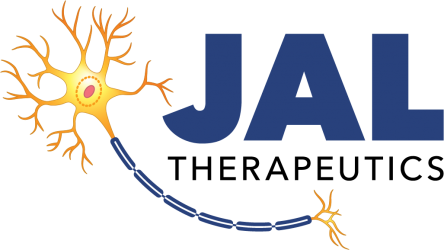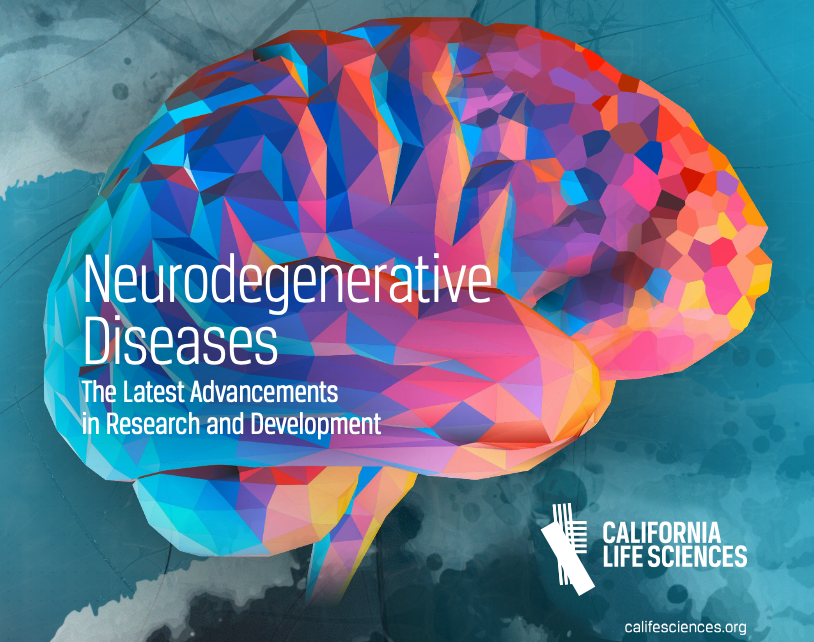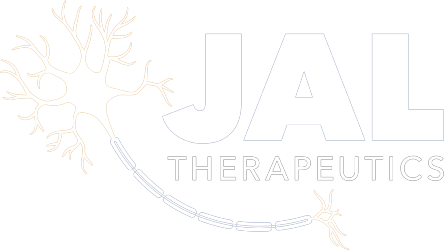As Featured in the April 2023 edition of Life Sciences Insights Magazine.
JAL Therapeutics’ highly inhibitory, hyperselective, covalent approach to butyrylcholinesterase (BChE) inhibition may become the new frontier for treating and preventing Alzheimer’s disease, CNS disorders and other chronic conditions.
At first glance, the idea of using an irreversible organophosphorus compound (OPC) to bind to brain proteins in the treatment of Alzheimer’s disease (AD) or other central nervous system (CNS) disorders seems implausible. However, Irvine, California-based JAL Therapeutics is taking this counterintuitive approach―and the current preclinical results show significant promise. In transgenic mouse models of AD, JAL’s lead drug candidate, DB2ClPP, inhibits β-amyloid (Aβ) plaque formation with no obvious off-target effects.
Focusing on reducing later-stage Aβ plaque formation is not the company’s primary intent. However, reduced plaque is a promising indicator showing that JAL’s upstream approach to treating cholinergic dysfunction, or low levels of the chief neurotransmitter, acetylcholine (ACh)―could be a highly effective prophylactic treatment for AD. ACh plays a crucial role in learning, memory, and other cognitive functions. The neurotransmitter is often depleted in people with AD or CNS disorders.
JAL Therapeutics was founded in 2014 after studying the effect of plastics on brine shrimp butyrylcholinesterase (BChE) levels as a possible link to autism. JAL’s founders, Dr. Kensaku Nakayama and Dr. Roger Acey, also discovered how OPCs can inhibit BChE in their collaborative organic and biochemistry research conducted at California State University, Long Beach.
JAL’s focus on BChE inhibition centers on the enzyme’s role as a toxin fighter. BChE likely served as a safeguard for early humans, whose diets included poisonous berries and mushrooms. In the brain, BChE aids the hydrolysis, or breakdown, of ACh as a backup to the primary enzyme, acetylcholinesterase (AChE).
Interestingly, in Alzheimer’s patients, there is a 55-fold increase in brain BChE, dominating AChE by 11:1, resulting in increased hydrolysis of ACh. The downstream effect of this imbalance includes decreased cognitive function and elevated production of amyloid precursor protein (APP), Aβ peptides (Aβ42 and Aβ40), Aβ plaques and tau tangles―all hallmarks of the pathogenesis of AD. Since elevated BChE is central to this process, JAL chose this enzyme as its main target as a potential treatment for AD.
JAL’s use of OPCs to create an irreversible, covalent bond to inhibit BChE turns the enzyme’s strength, purpose, and momentum to attack toxins against itself. As a highly inhibitory and hyperselective small molecule, JAL’s lead drug candidate, DB2ClPP, is designed to make a significant impact with a very small dose. Of course, using toxins as medicines is commonplace, with warfarin and Botox as key examples.
Although covalent drugs lost some favor years ago due to concern over being irreversible, developers of innovative cancer drugs are now seeing them as a huge benefit, with their pinpoint accuracy affecting their targets with high efficacy.
Does lowering BChE levels cause harm? People with BChE deficiency have no life risks. JAL’s intent is not to eliminate BChE, but to reduce the enzyme to normal levels (starting around 4000 U/L), measured by a pseudocholinesterase (BChE) blood test. Levels above 7000 U/L begin to correlate with AD; type 2 diabetes mellitus; and other chronic diseases, such as CNS disorders.
Notably, these diseases all share a common bond– elevated BChE, which suppresses the cholinergic anti-inflammatory pathway. A BChE inhibitor, DB2ClPP is designed to promote healthy cholinergic activity.
Compared to other drugs previously developed, JAL’s DB2ClPP has the most laser-focused ability to inhibit BChE, without affecting AChE. This is significant because AChE is needed for brain function. A reason why other drugs have encountered substantial off-target effects is that they also inhibit AChE.
DB2ClPP’s potential to treat cholinergic dysfunction upstream compared to other drugs could result in both preventive and disease-modifying treatments not only for AD but also for other CNS indications, including multiple sclerosis (MS) and Parkinson’s disease.
JAL is currently focused on completing IND-enabling studies for its lead drug candidate, DB2ClPP, as a treatment for AD. A key step in this process is a pending application for an NIA/NIH grant to help fund preclinical pharmacology, toxicology, metabolism and manufacturing studies.
JAL Therapeutics is currently participating in the California Life Sciences FAST Advisory program’s spring cohort and is planning for engagement with potential strategic equity and pharma licensing partners along the journey toward an IND application.
Media Contact:
Kate Jennings Leahy
Maricich Health
kate.jennings@maricich.com


